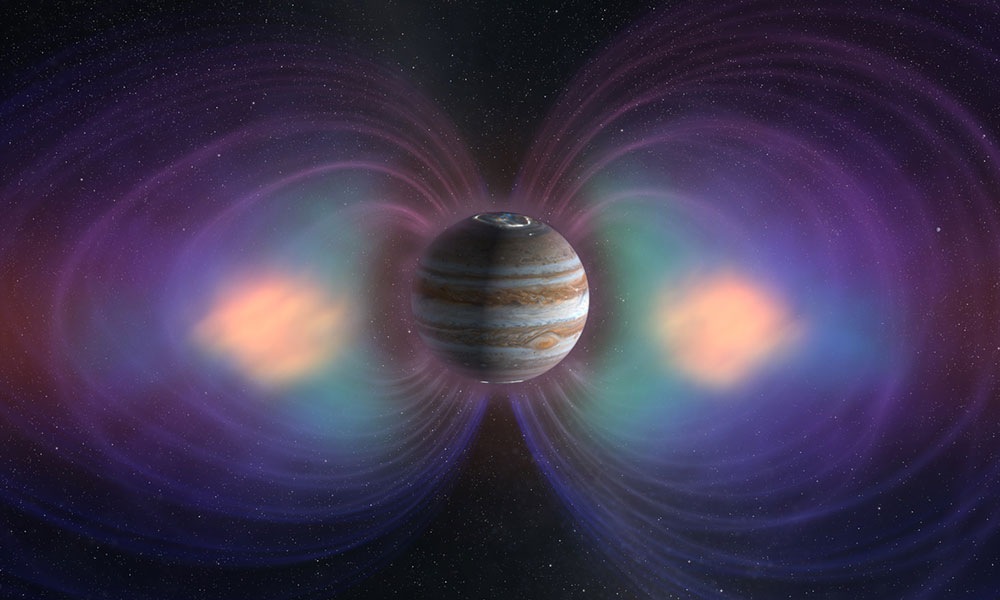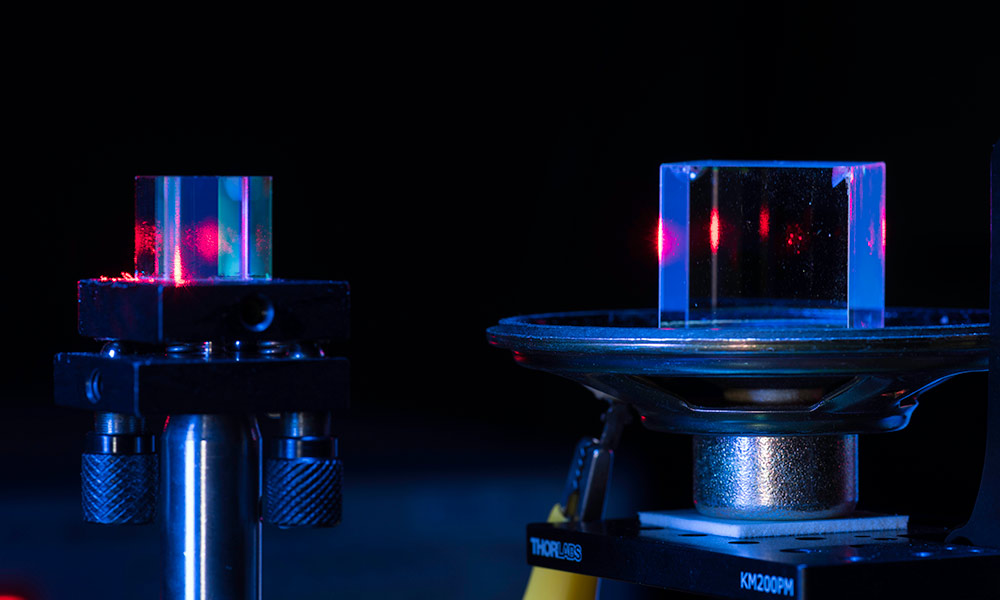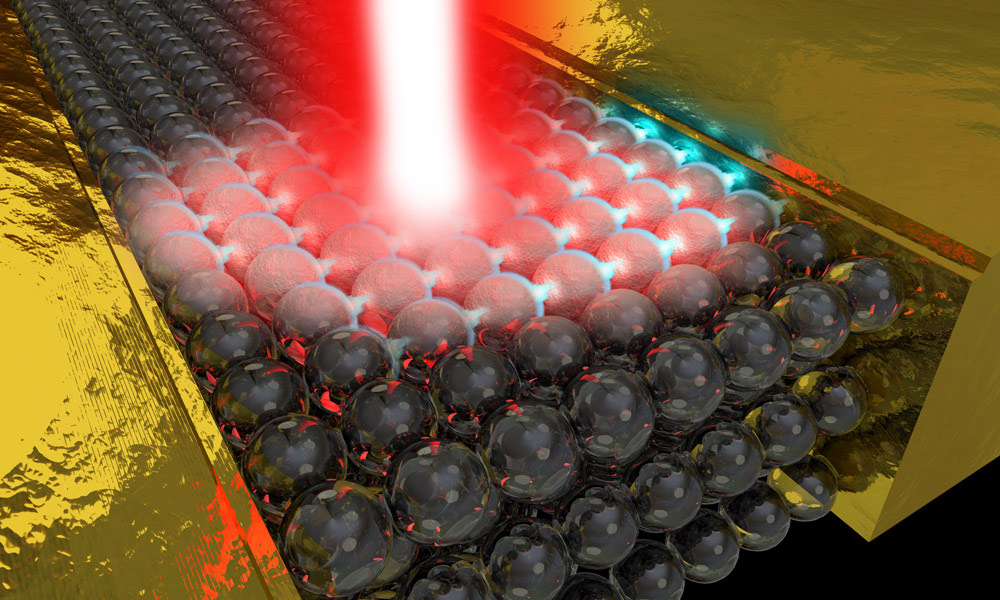
Science & Technology
Ultimate vacuum chamber creates nothing
July 24, 2018
The concept of nothingness is the subject of everything from children’s books to philosophical debate. In the universe, however, is nothing ever possible? How have scientists, philosophers, and mathematicians thought about the concept of nothing throughout history and up to the present?









